Introduction: Understanding and Addressing Pet Bird Mating Behaviors

Have you ever found yourself in an awkward situation where your pet bird displays mating behaviors towards you? It can be puzzling and uncomfortable to experience such behavior from a beloved feathered companion. In this article, we will explore the reasons behind this behavior and provide practical solutions to manage and reduce it.
The Biology Behind Pet Bird Courtship

Pet birds, particularly certain species like parrots, exhibit strong instincts for courtship and mating. These behaviors stem from their instinctual nature, which is deeply rooted in their biology and natural behaviors in the wild.
Instinctual Behavior
Courtship behaviors in pet birds are rooted in their instinctual nature. In the wild, birds engage in elaborate rituals to attract mates and ensure reproductive success. Even in captivity, pet birds retain these innate instincts.
Hormonal Changes
Hormonal fluctuations triggered by environmental factors play a significant role in courtship behaviors. Seasonal variations in daylight and temperature can influence hormone levels, leading to heightened courtship behaviors during the breeding season.
Social Bonds
Pet birds often develop strong social bonds with their human caregivers. This bond can lead to courtship behaviors directed towards humans, influenced by a phenomenon known as imprinting. Imprinting occurs when a bird forms a bond with a caregiver during a critical period of development.
Misdirected Bonding
In the absence of suitable avian companionship, a bird may misdirect its courtship behaviors towards humans. This behavior arises from the bird’s natural inclination to form social bonds and engage in courtship activities.
Reinforcement
Birds are intelligent creatures capable of learning and adapting their behavior based on consequences. If a bird’s courtship behaviors towards a human are inadvertently reinforced or rewarded, it may continue to engage in such behaviors.
Sexual Frustration
When birds are unable to fulfill their natural reproductive instincts due to the absence of a suitable mate or environmental constraints, they may redirect their sexual behaviors towards humans. This frustration can manifest as courtship displays, vocalizations, or even aggressive behaviors.
Understanding the biological factors underlying pet bird courtship is essential for addressing and managing their mating behaviors towards humans. In the following sections, we will explore the common signs of a pet bird seeking a mate and discuss potential solutions to reduce such behaviors.
Signs of a Pet Bird Seeking a Mate

When your pet bird starts exhibiting certain behaviors, it may be a sign that it is looking for a mate. While these behaviors can vary depending on the species of bird, there are common signs to look out for. Understanding these signs can help you recognize when your bird is seeking companionship and take appropriate measures to address its needs.
Courtship Behavior: One of the most evident signs of a pet bird seeking a mate is the display of courtship behavior towards its owner. This can manifest as regurgitating food, bowing, and making soft vocalizations. Your bird may try to impress you with its display, as if attempting to woo you as a potential partner.
Territorial and Protective: Another sign to watch for is your bird becoming territorial and protective of you. It may try to prevent other people or pets from approaching you, acting as if it is establishing a nesting territory. This behavior is a clear indication that your bird sees you as a potential mate and is trying to guard its perceived territory.
Affectionate and Physical Contact: Some birds may become more affectionate and seek physical contact with their owner when they are looking for a mate. They may try to cuddle, preen your hair or clothing, or even attempt to mate with you. These gestures are their way of expressing their desire for companionship and intimacy.
Increased Vocalization: Another common sign is an increase in vocalization directed towards you. Your bird may sing or call more frequently, expressing its desire for your attention and affection. This heightened vocalization can be a way for your bird to communicate its needs and attract your attention as a potential mate.
Physical Changes: Pay attention to any physical changes your bird may display. Birds that are sexually ready may show swollen or pink-colored vents, which is the area where waste is expelled. These physical changes indicate sexual readiness and can be an indication that your bird is seeking a mate.
It’s important to note that these behaviors can be influenced by various factors, including hormonal changes, breeding season, and your bird’s individual personality. If your bird is displaying these signs, it’s crucial to understand that it is seeking a mate and may become frustrated or stressed if its needs are not met.
Causes of Pet Bird Mating Behavior Towards Humans

Pet birds engaging in mating behavior towards humans can be attributed to several underlying causes. Understanding these causes is crucial in addressing and managing such behavior effectively.
Hormonal Imbalances: During breeding season, pet birds may experience hormonal imbalances that trigger mating behaviors. Factors such as increased daylight hours, temperature changes, and the presence of a potential mate can influence these imbalances.
Bonding and Socialization: Birds are inherently social creatures and can form strong bonds with their human caregivers. When a bird perceives its human caregiver as a potential mate, it may exhibit mating behaviors as a way to bond and establish a deeper connection.
Lack of Appropriate Social Interaction: Birds that lack sufficient social interaction with other birds may redirect their mating behaviors towards humans. In the absence of avian companionship, they may seek out human interaction and attempt to establish a bond through mating behaviors.
Misinterpretation of Human Behavior: Birds can misinterpret certain human behaviors as mating signals. Actions like petting, cuddling, or engaging in intimate physical contact can be mistakenly perceived by the bird as initiation of mating behavior.
Sexual Frustration: Sexually mature birds that lack an appropriate outlet for their sexual urges may direct their mating behaviors towards humans. This frustration can occur when they are not provided with opportunities for socializing with other birds or engaging in natural courtship behaviors.
Reinforcement of Mating Behavior: In some cases, unintentional reinforcement of mating behavior by the bird’s human caregiver can contribute to its continuation. If the bird receives attention or rewards when engaging in mating behaviors, it may perceive such actions as desirable and continue to exhibit them.
Understanding the underlying causes of pet bird mating behavior towards humans is vital in implementing appropriate strategies to address and manage this behavior. In the following section, we will explore potential solutions to reduce pet bird mating behavior towards humans.
Potential Solutions to Reducing Pet Bird Mating Behavior Towards Humans
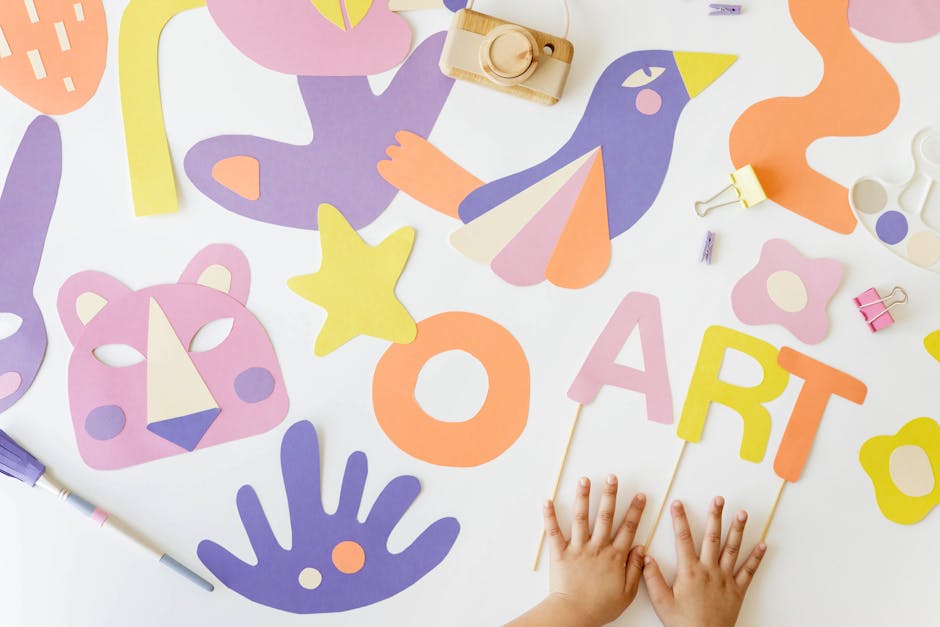
Pet birds sometimes exhibit mating behaviors towards their human owners. If you find yourself in this situation, there are several effective solutions to redirect their focus and reduce these behaviors.
Provide Adequate Mental and Physical Stimulation
Boredom or lack of stimulation can contribute to a bird’s mating behavior. Engage your bird in interactive play sessions, provide puzzle toys, and rotate their environment to keep them mentally stimulated. Regular exercise, such as supervised flying sessions, can also provide physical stimulation and alleviate mating behaviors.
Modify the Environment
![]()
Discourage mating behaviors by avoiding nesting materials and items that could be seen as potential mates. Rearrange the cage or perches regularly to disrupt established territories. Providing a variety of perches and toys can also divert your bird’s attention away from mating behaviors.
Establish Consistent Routine and Boundaries
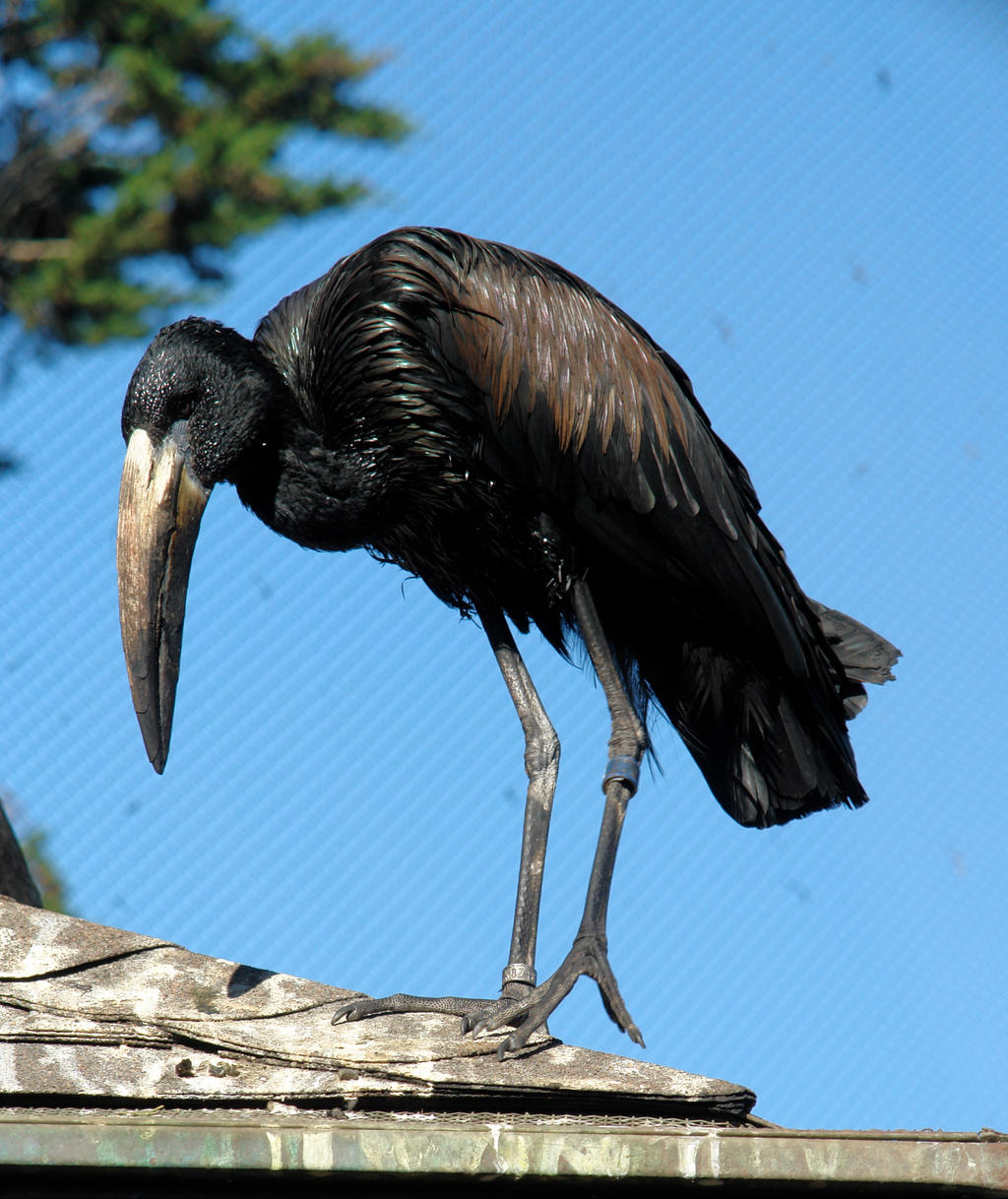
Establishing a regular schedule for feeding, social interaction, and playtime can redirect your bird’s focus away from mating behaviors. Set clear boundaries by discouraging physical contact that may be interpreted as mating behavior.
Use Positive Reinforcement Training
Reinforce non-mating behaviors by providing treats, praise, and attention when your bird engages in them. Gently redirect their focus to alternative activities when mating behaviors arise and reward them for participating.
Consult an Avian Veterinarian
If mating behaviors persist, consult an avian veterinarian to evaluate your bird’s health and behavior. They can provide guidance specific to your bird’s needs and rule out any underlying medical conditions.
By implementing these solutions, you can reduce pet bird mating behaviors towards humans and foster a healthier bond with your feathered companion.
Understanding the Reasons Behind Pet Bird Mating Behavior

To comprehend pet bird mating behaviors, it’s important to explore the underlying reasons behind them. Several factors contribute to this phenomenon:
Natural Instincts
Birds, including pets, possess strong natural instincts related to courtship and reproduction. Even without a mate, pet birds may exhibit mating behaviors due to these innate instincts.
Bonding and Social Interaction
Mating behaviors can serve as a way for birds to strengthen their bond and express affection towards their human companions. This behavior is common in birds that share a close and trusting relationship with their owners.
Hormonal Triggers

Hormonal changes, influenced by environmental factors like increased daylight hours or temperature changes, can stimulate mating behaviors in birds.
Imprinting and Misdirected Behaviors
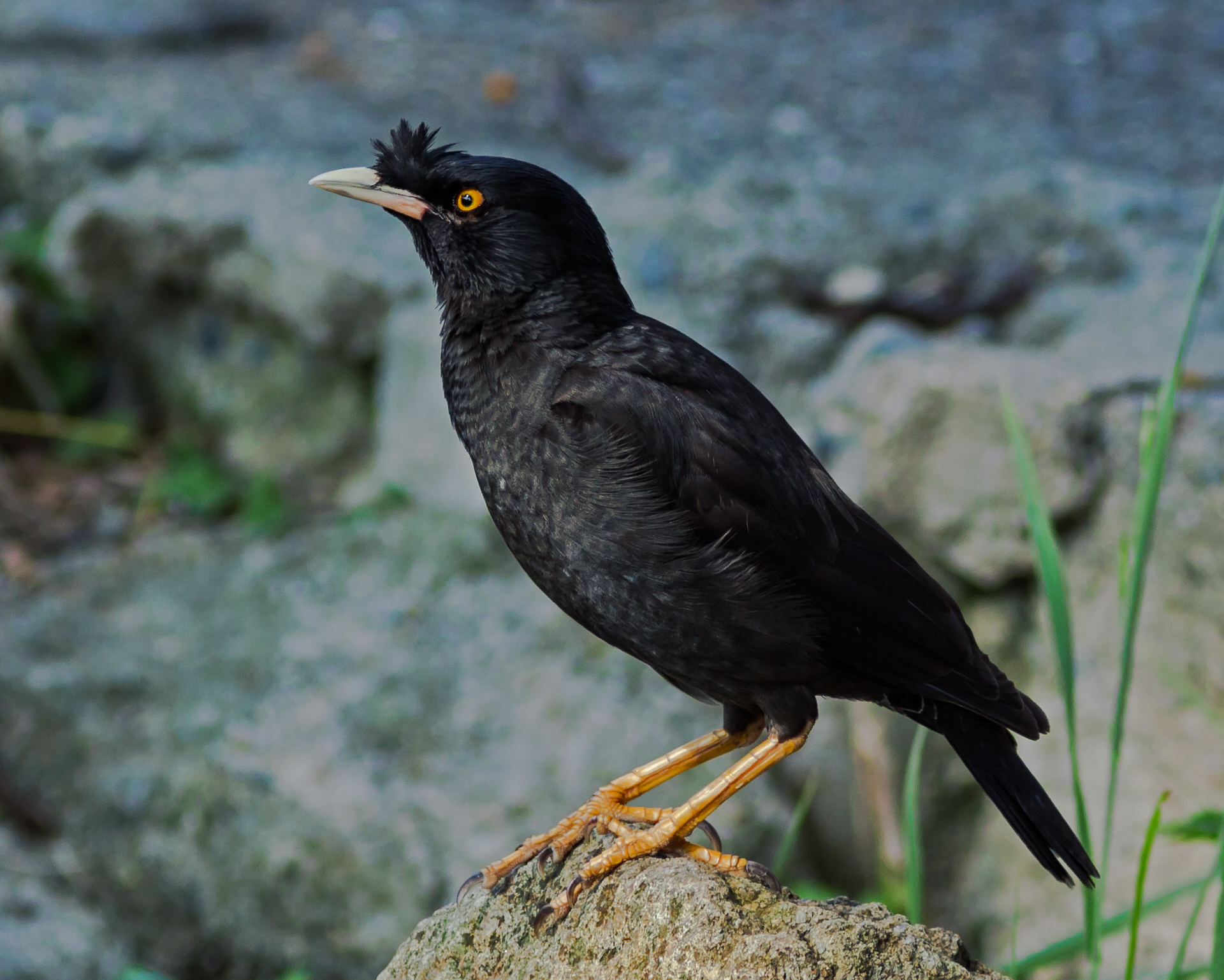
Hand-raised or imprinted birds may mistake their human companions for members of their own species, leading to mating behaviors such as regurgitation or courtship displays.
Lack of Stimulation
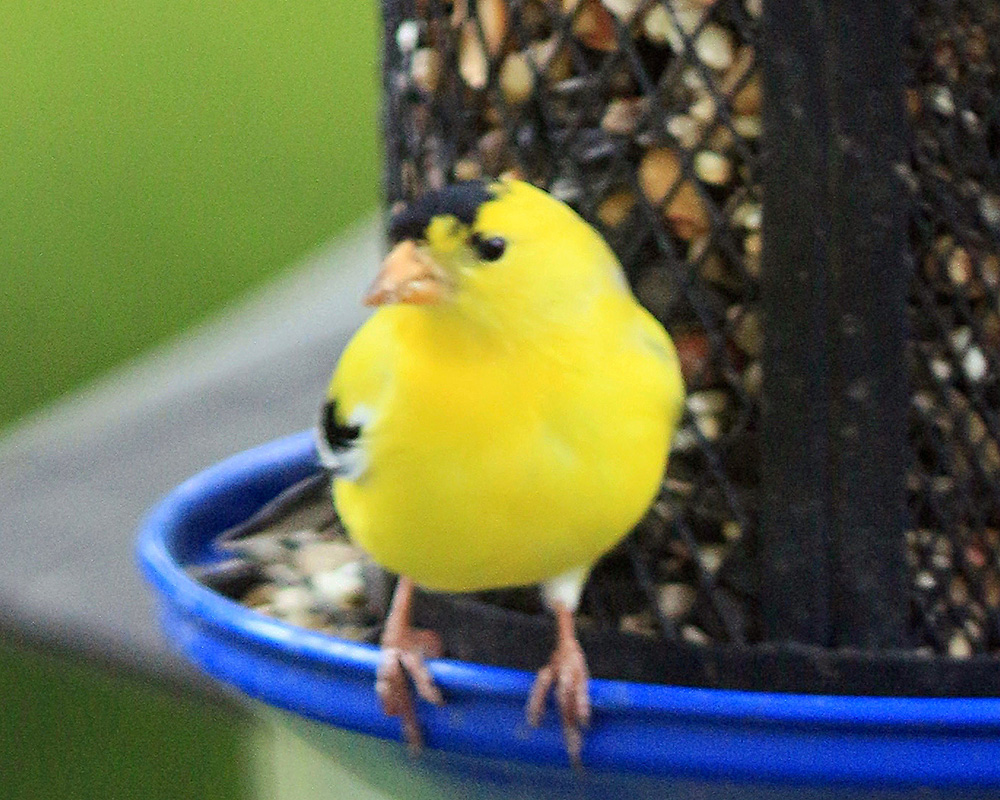
Some pet birds display mating behaviors out of boredom or a lack of mental and physical stimulation. Providing engaging activities and mental challenges can help alleviate these behaviors.
Understanding the reasons behind pet bird mating behavior can help owners effectively address and manage these behaviors. In the next section, we will explore potential solutions to reduce pet bird mating behaviors towards humans and promote a harmonious relationship between owners and their feathered companions.
Conclusion: Handling Pet Bird Mating Behavior Appropriately

Dealing with pet bird mating behavior towards humans requires understanding and appropriate handling. These behaviors are driven by natural instincts and hormonal changes, rather than genuine attraction to humans. By recognizing the signs and responding appropriately, owners can ensure their bird’s well-being and maintain a harmonious relationship.
Recognizing the signs: Owners must be aware of physical displays, vocalizations, and behavior changes that indicate mating behavior. This awareness helps prevent unintentional reinforcement of the behavior.
Avoid encouraging mating behavior: Responding to advances as a potential mate can lead to frustration and aggression. Instead, provide outlets for natural instincts through interactive play, stimulating toys, and a well-enriched environment.
Seek professional guidance: Consulting with an avian veterinarian or certified bird behaviorist is highly beneficial. They can offer expert advice on managing and redirecting mating behaviors, suggest environmental adjustments, and provide specific training techniques to build a strong bond with the bird.
Exercise patience and consistency: Changing a bird’s behavior takes time. Establish a positive reinforcement training routine and consistently provide appropriate outlets for instincts to gradually shift the bird’s focus away from mating behaviors.
Handling pet bird mating behavior appropriately requires understanding, proactive measures, and professional guidance. By approaching the situation with empathy and care, bird owners can foster a healthy and fulfilling relationship with their feathered companions while ensuring their overall well-being.
Frequently Asked Questions
FAQ: Why Is My Bird Trying to Mate with Me?
Q1: Why is my bird exhibiting mating behaviors towards me?
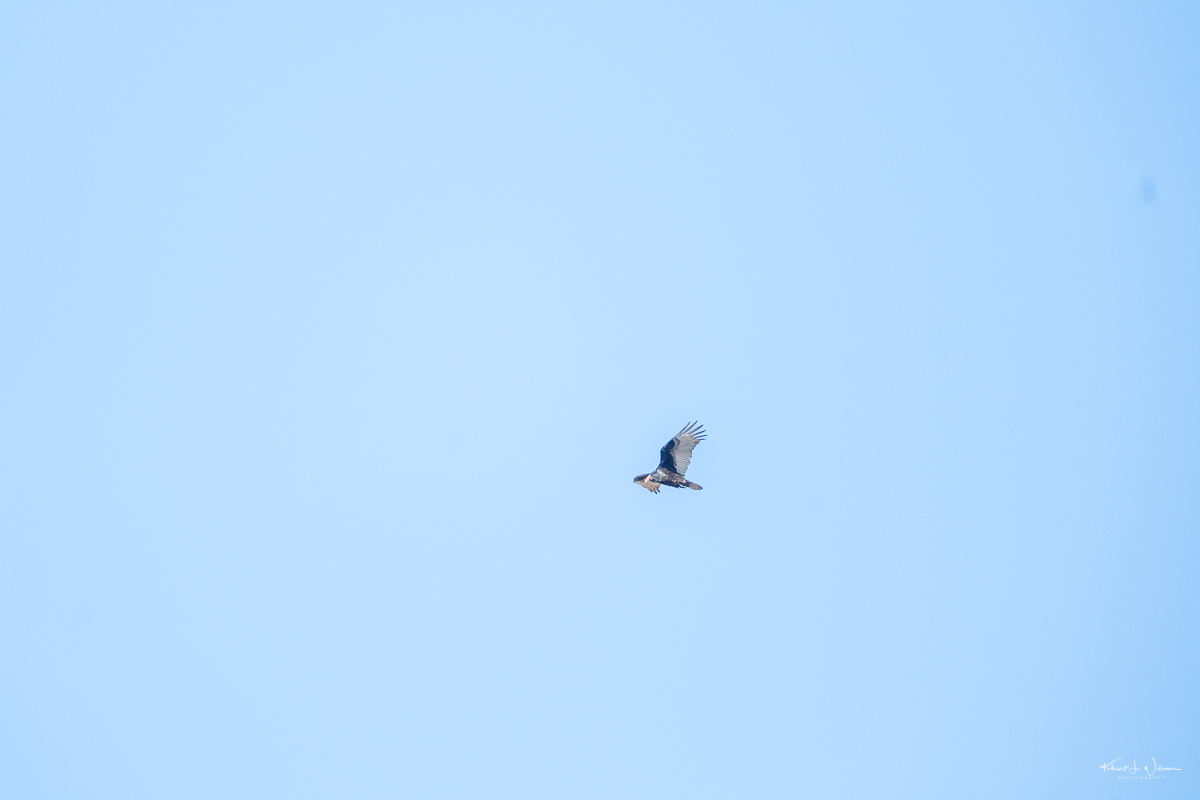
A1: Birds may display mating behaviors towards humans due to their natural instincts, hormonal imbalances, misdirected bonding, socialization issues, or sexual frustration.
Q2: Is it normal for pet birds to try to mate with their owners?
A2: While it is not uncommon for pet birds to exhibit mating behaviors towards their owners, it is important to understand that these behaviors stem from their natural instincts and may not indicate genuine attraction to humans.
Q3: How can I discourage my bird from mating with me?
A3: To discourage mating behaviors, provide adequate mental and physical stimulation, modify the environment to avoid nesting triggers, establish a consistent routine and boundaries, use positive reinforcement training, and consult an avian veterinarian or certified bird behaviorist for guidance.
Q4: Can pet bird mating behaviors be redirected or managed?
A4: Yes, pet bird mating behaviors can be redirected and managed. By implementing appropriate strategies such as environmental modifications, positive reinforcement training, and seeking professional guidance, owners can help reduce these behaviors.
Q5: Should I be concerned if my bird tries to mate with me?
A5: While it is natural for birds to exhibit mating behaviors, it is essential to address and manage these behaviors appropriately. If the behaviors persist or become problematic, consulting with an avian veterinarian or certified bird behaviorist is recommended to ensure the bird’s well-being.

Leave a Reply